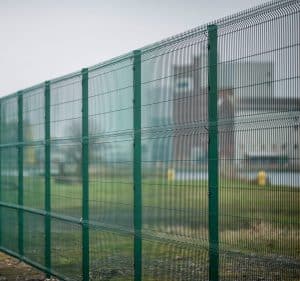Sportsground fencing – free guide to specifying the right types
25th September 2014

Sportsground fencing performs many roles beyond preventing balls from straying, such as boundary demarcation, keeping intruders and animals away, and reducing risks to road traffic. Specified correctly, sports ground fencing enables participants to enjoy sports without presenting a nuisance or hazard to neighbours; high-quality fencing also helps to project the right image to club members, opposing teams and the local community. However, there are many different types and styles of fencing available today, with similarly wide-ranging costs for purchase and installation. Specifiers can, therefore, benefit from advice and guidance on what types of fencing suit different requirements – which may vary considerably from one part of a facility to another.
The new Guide to Sports Ground Fencing explains the differences between various types of fencing and the options available, thereby helping to steer the reader towards developing a specification that will fulfil the performance requirements while taking into account costs, aesthetics and other considerations.
Included within the guide are sections covering topics such as the aims and objectives when specifying fencing, how to choose the right type of fencing, specifying gates, the importance of correct installation, maintenance considerations (and, consequently, minimising the total cost of ownership), fencing standards and specifications, useful resources, and sources of further information.
Copies of the Guide to Sports Ground Fencing can be downloaded free of charge from the Specifiers Guides section of the website. Alternatively, contact Procter Fencing Systems to discuss any sports ground fencing requirements by telephone on 0800 2944177 or email [email protected]
